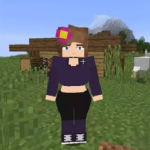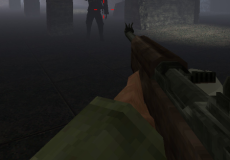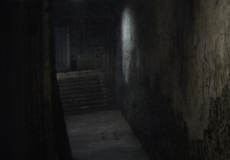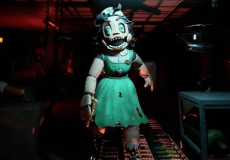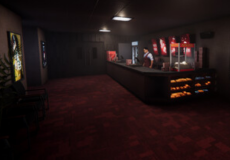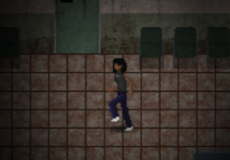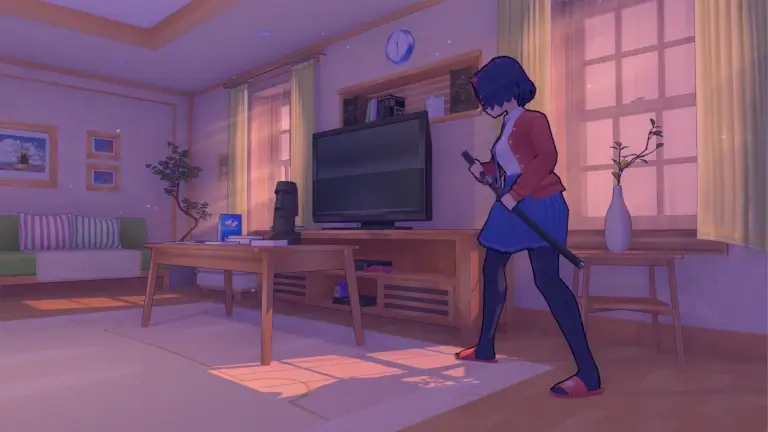

The Classrooms
Advertisement
The Classrooms is a psychological survival game that places the player inside a changing educational facility. You begin as an investigator searching for missing students and quickly realize that the school does not follow natural structure. Rooms extend into spaces that should not exist, and corridors connect in impossible ways. The objective is to explore and document what occurs while staying alive long enough to understand the system. Every run begins differently, and the shape of the environment shifts during play. The sense of control becomes limited to the camera you hold, which serves as both a visual tool and a form of protection.
Advertisement
Similiar games
The Classrooms is a psychological survival game that places the player inside a changing educational facility. You begin as an investigator searching for missing students and quickly realize that the school does not follow natural structure. Rooms extend into spaces that should not exist, and corridors connect in impossible ways. The objective is to explore and document what occurs while staying alive long enough to understand the system. Every run begins differently, and the shape of the environment shifts during play. The sense of control becomes limited to the camera you hold, which serves as both a visual tool and a form of protection.
World Structure and Interaction
The environment of The Classrooms is generated through procedural logic. No two sessions are identical, but they share consistent rules. Corridors may loop or collapse, classrooms may lead to maintenance tunnels or dark voids. Interaction is simple: you can walk, record, collect, and observe. The VHS camera reveals small distortions and provides evidence of anomalies. It can detect patterns invisible to the naked eye and sometimes influences how the world responds. The school itself behaves like a living system that reorganizes rooms based on player movement and actions.
Core systems operating in The Classrooms include:
· Procedural level generation with randomized connections
· Entity behavior and movement tracking
· Environmental triggers that react to player input
· Sound-based detection and audio signaling
· Camera mechanics linked to event activation
Each of these elements shapes how players move through the world. They determine the pace, the available routes, and the kind of tension that develops as exploration continues.
Learning Through Observation
Progress depends on patience and attention to detail. The player must learn how entities behave and what patterns indicate danger. Movement speed, light usage, and sound all affect the chance of survival. Because maps reset, memorization is replaced by behavioral awareness. Listening to sounds, watching flickers in lighting, or noting camera feedback become the main sources of information. Each encounter builds experience about what the environment is capable of and how it changes from one attempt to the next.
Development and Community Activity
The Classrooms continues to evolve through community feedback. The developers expand the pool of rooms, items, and environmental behaviors while maintaining the unpredictable structure. Players share findings, map fragments, and entity behavior guides through online discussions. Each update introduces new layers of procedural logic, making navigation increasingly complex. The community treats every run as an experiment, testing theories about the architecture and its internal rules.
Discuss The Classrooms







